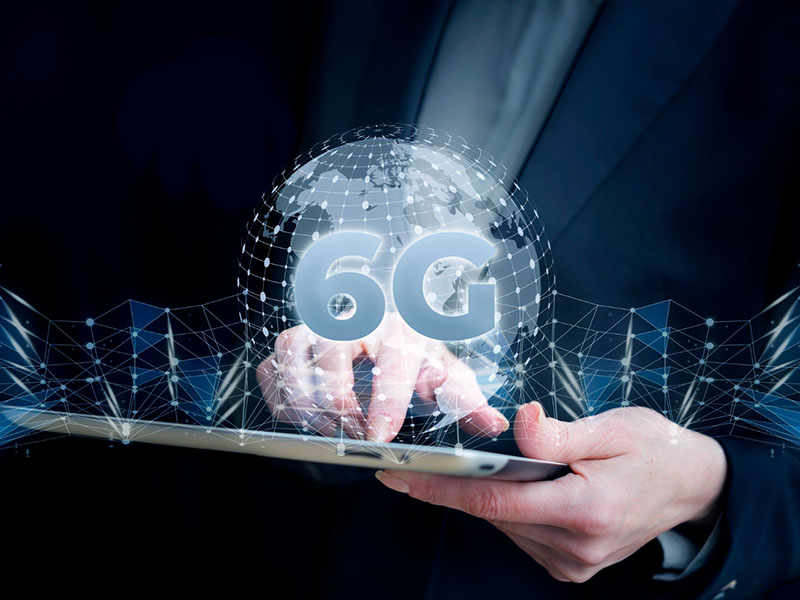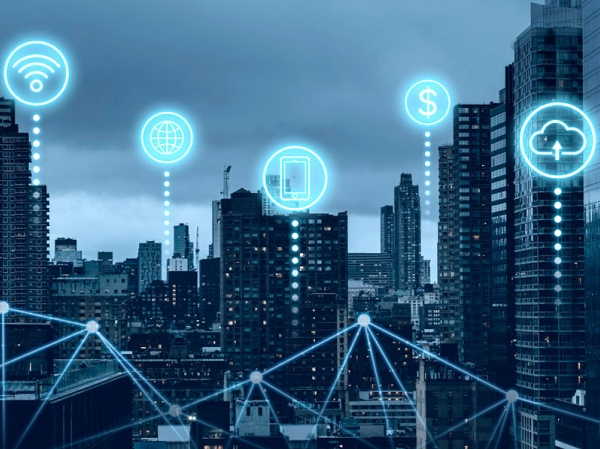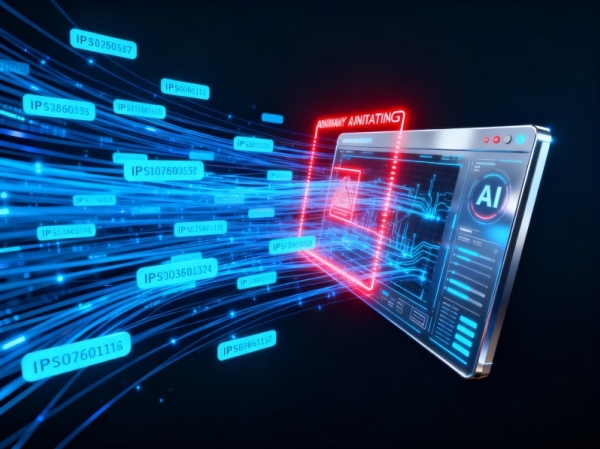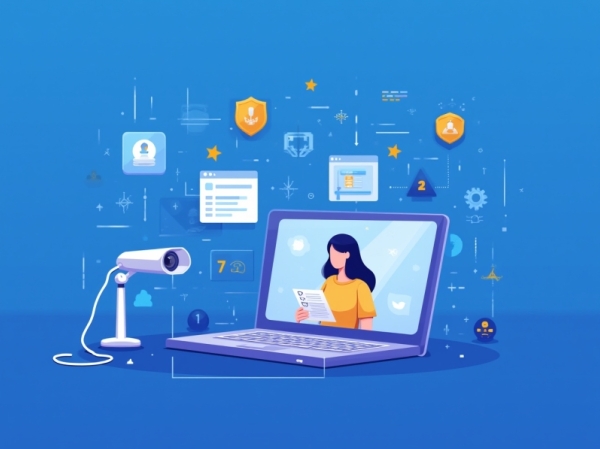The announcement of a package of aid from the Spanish government for the development of 6G is a clear sign that we are getting closer to being able to enjoy this new technology that promises a significant qualitative leap in our connections and a substantial change in how we interact in the digital environment.
What is 6G?
6G, or the sixth generation of mobile communication technologies, is the successor technology to the current 5G and is expected to begin to be implemented in 2028 and commercially around 2030. This new generation of 6G networks brings with it important innovations such as ultra-fast data speeds, practically non-existent latency and a great capacity for massive connectivity, far above that of 5G.
Main features of 6G
Some of the features of 6G that have already begun to transcend and that already reveal the important qualitative leap of this new technology stand out:
- Ultra-fast speed: 6G promises data transmission speeds of up to 1 terabit per second, which makes it up to 100 times faster than 5G. This will not only benefit individual users who will be able, for example, to download a high-definition film in seconds, but will also allow greater use and benefit from industrial applications that require high bandwidth, such as augmented reality (AR) or virtual reality (VR).
- Almost zero latency: Latency practically disappears with 6G and is expected to be below a millisecond, which will enable real-time applications without perceptible delays, opening the doors to new advances in such important areas as telemedicine. Global connectivity: One of the goals that researchers want to ensure with 6G is global connectivity, even in the most remote areas. To do this, 6G will use higher frequency bands, including millimeter waves and terahertz, to facilitate a greater capacity for simultaneous connection of devices that, according to data from Statista and Gartner, could be more than 50 billion connected devices by 2030.
- AI integration: Artificial Intelligence will be an integral part of 6G, allowing autonomous networks that optimize themselves. This will not only improve network efficiency, but will also allow a faster response to any failure. In addition, thanks to AI, it will be possible to improve the personalization of the user experience, adapting services and connection quality according to the needs of each client. 6G will also integrate other important technologies, such as the Internet of Things (IoT) and cloud computing. This will make networks smarter and able to adapt to the changing needs of users and connected devices.
In which areas can 6G be most relevant?
Although it is still in development, everything points to the excellent potential of 6G to open the doors to a wide range of innovative applications:
- Immersive extended reality: Thanks to speed, disappearance of latency and global connection, 6G will allow much more realistic and immersive virtual and augmented reality experiences, with real-time holograms and shared virtual environments without limitations. This can have a great impact in areas such as education, where online learning platforms will be able to offer more immersive and interactive experiences, also allowing students around the world to access high-quality resources.
- Improved efficiency and sustainability: Thanks to its ability to connect a massive number of devices, 6G is expected to drive the development of truly intelligent environments, boosting efficiency and sustainability in production and resource management, among other notable advantages.
- Advanced telemedicine: Remote surgery in real time can become a reality thanks to the low latency of 6G. In addition, implantable medical devices will be able to constantly communicate with healthcare systems for more effective monitoring and treatment.
What does 6G need to be implemented?
Despite its enormous potential, the development and implementation of 6G faces several challenges:
- Technological development: Advances in areas such as quantum computing, new materials, and high-frequency antennas are required to make some of the “promises” of 6G a reality.
- Infrastructure: The implementation of 6G will require significant investments in new infrastructure, including satellites and advanced base stations.
- Energy consumption: Increased processing speed and capacity could lead to increased energy consumption. This represents a major challenge for sustainability.
- Privacy and security: With the increasing connection and interconnection of devices and systems, protecting privacy and security is a challenge.

















